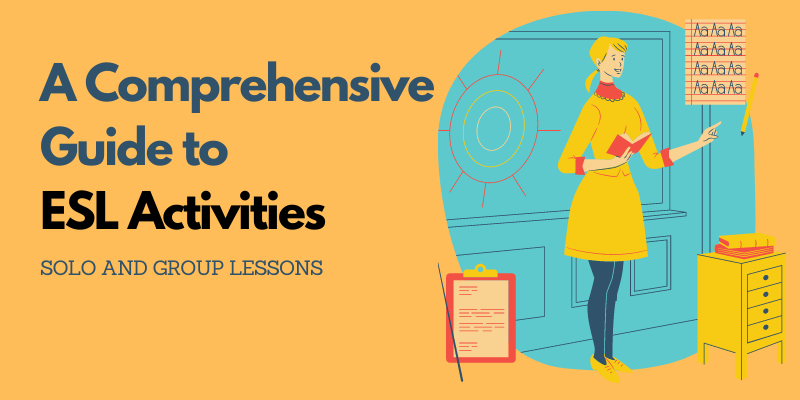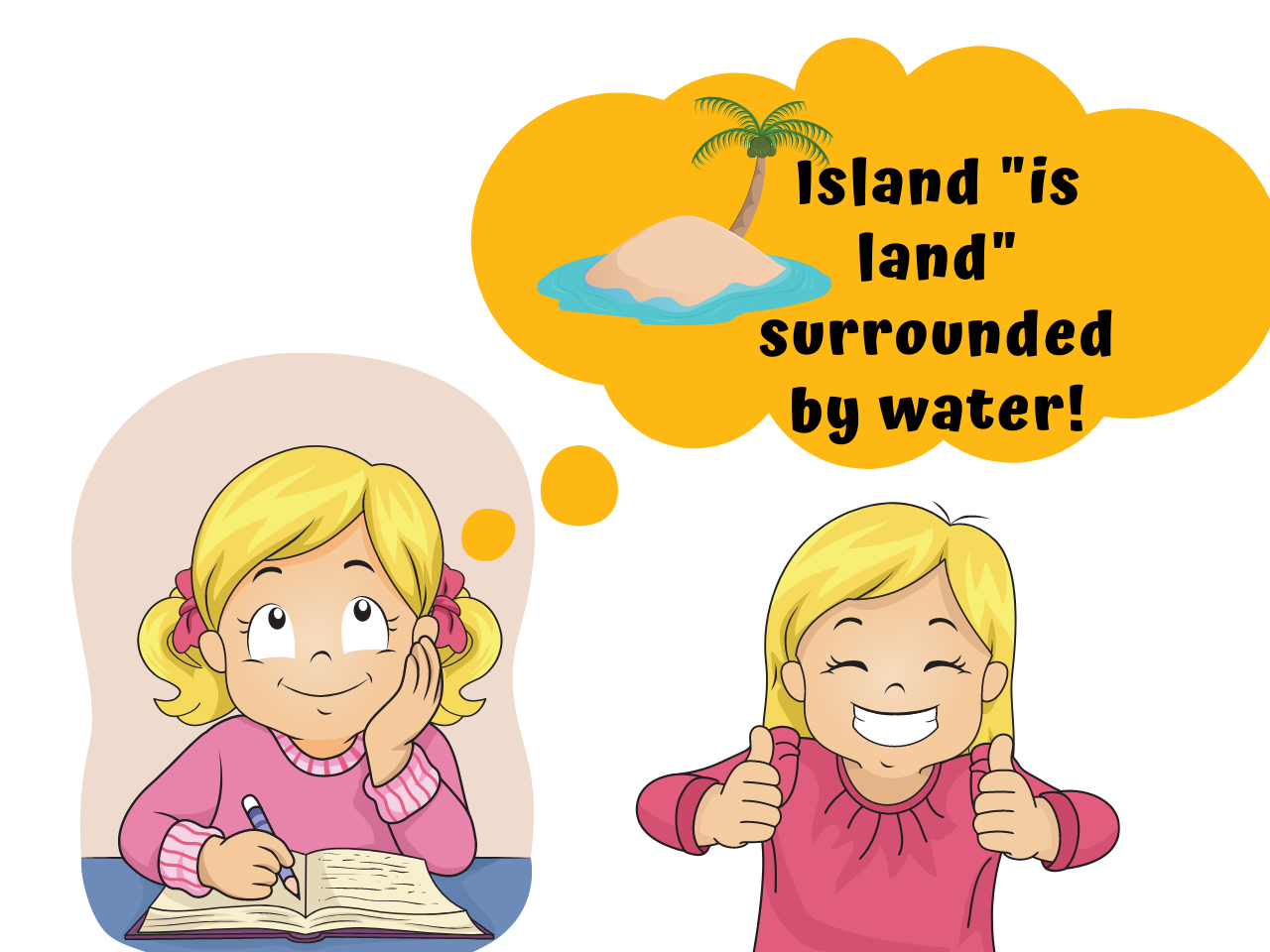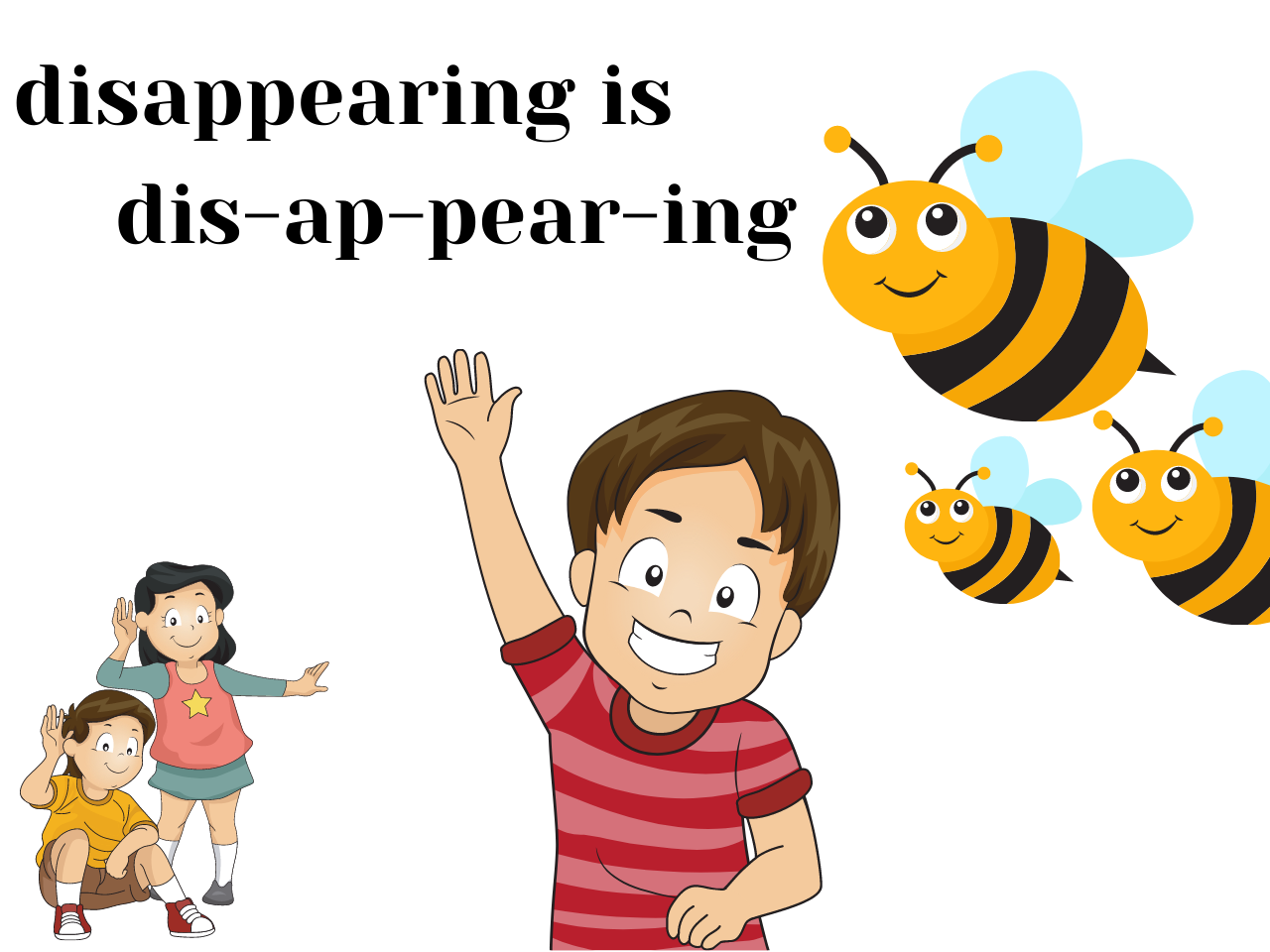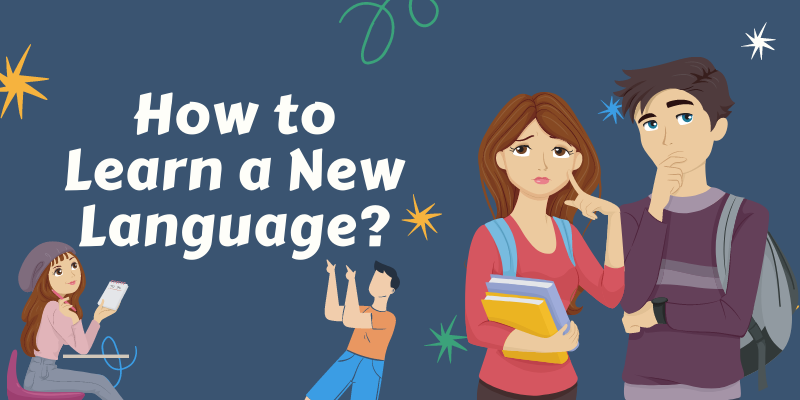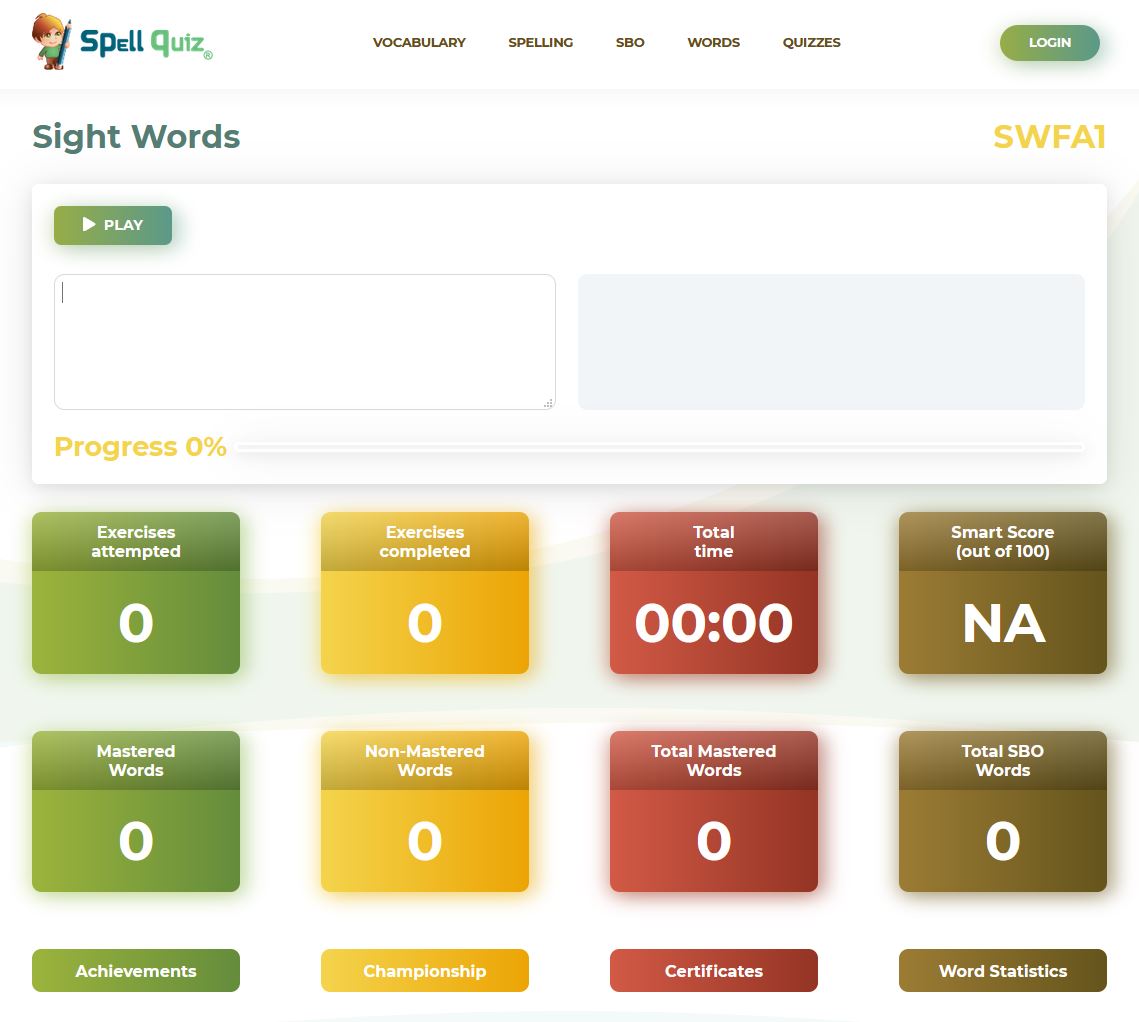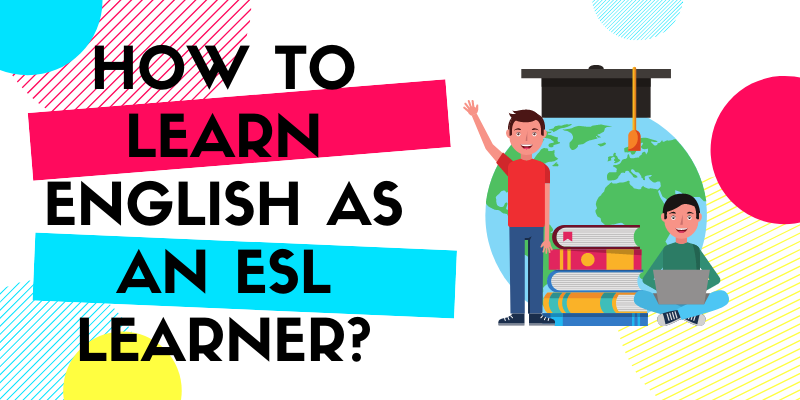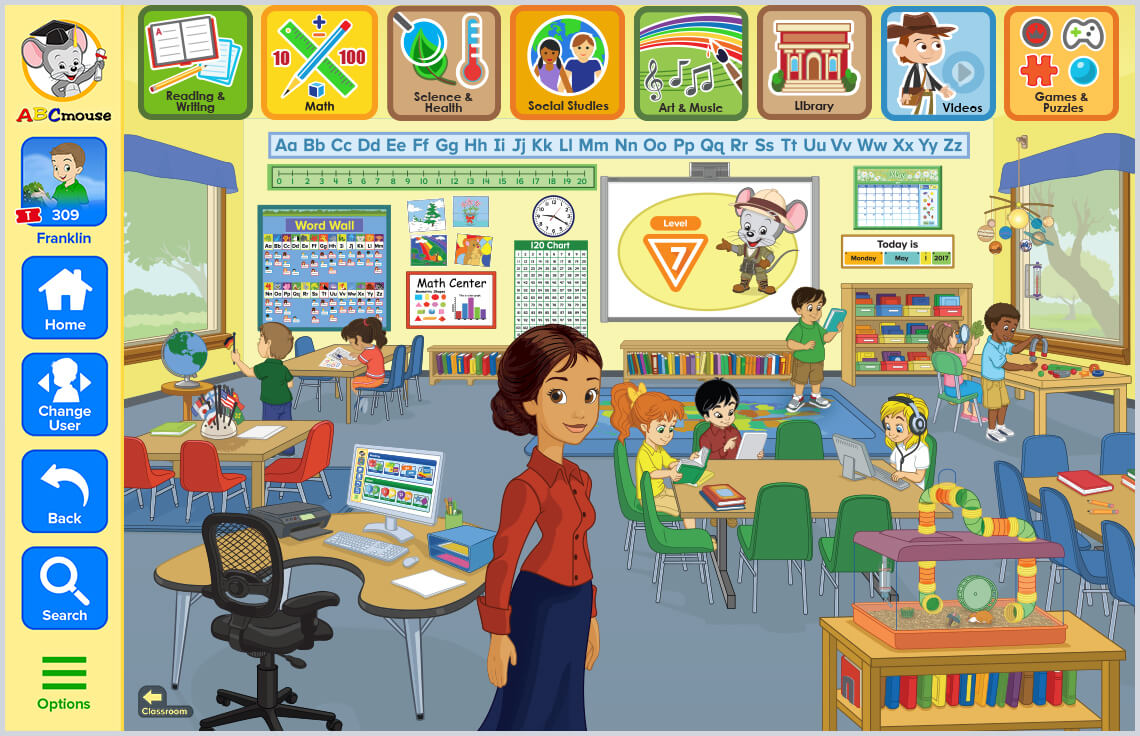With the rise of online-centric lifestyle, homeschooling practices are yet again becoming popular. Even two decades ago, we had to rely on different institutes to have an access to education. But those barriers have faded now.
Yet we struggle!
Suppose you’ve decided to take the homeschooling approach for your child. What would you do? Buy some age-appropriate books online and focus on straight-forward education?
Of course, you can do that!
But there are many other paths available that might just offer more efficiency. In fact, your homeschooled child can outwit her peers following the alternate paths.
However, there are many factors in play here. Keeping updated with trends in the educational world is perhaps the most important factor.
And, the best way to stay updated is to enrich yourself with the best homeschooling resources online. Please do know that I’m not talking only about the homeschooling curriculums and educational materials that you can find online.
You need to enlighten yourself with the different educational philosophies and learning methods too. Afterwards, you can explore different online learning resources and the best educational websites.
So, you see, we need to take a step-by-step approach here. I will walk you through the following concerning topics. I hope to offer an all-encompassing guide regarding the best homeschooling resources online.
TABLE OF CONTENTS
Educational Philosophies and Teaching Models for Homeschooling
Educational Philosophies and Teaching Models for Homeschooling
Let’s talk about a scenario first.
A child is born and somewhere around three to four years of age, the parents teach her letters, alphabet, and maybe counting. The kid soon gets admitted into an elementary school and studies age-appropriate materials. After excelling, she moves to the next grade. Thus, the cycle continues.
We consider this approach to be the standard.
After all, we have taken the same route – learn basic language skills, study logics (math and science), and finally, use that knowledge to delve onto the advanced education.
Finally, after we have an adequate level of education, we start our work-life. So, you can divide everything into two halves –
- Learning Period – The initial part of life where we obtain knowledge
- Implementation Period – The later part of life where we implement all that knowledge
We, the parents, often live under a common misconception.
What is that?
We think that traditional educational philosophy is the most advanced and modern approach to educating. It’s true but not in every case.
We need to truly understand that every individual and one single educational approach will not bring out optimal results for everyone.
The biggest strength of homeschooling is that you can follow a custom method the bring out the best in your child. Many educators and experts have explored different educational philosophies. Some work just perfect, while others seem obsolete in today’s environment.
The Classical Approach/ The Trivium Method
We all are already familiar with the classical method. This method is so common that it sometimes become synonymous to homeschooling!
What is the core concept of the Classical Approach?
In one simple word – Reading!
The Classical Approach tries to educate a person through the Great Books of the Western Worlds using the Applied Trivium method.
The Trivium method is based on three pillars –
In Biblical sense, the pillars are as follows –
- Knowledge – Gathering information
- Understanding – Arranging the information into a logical sense
- Wisdom – Using the information into practical use
Let me simplify!
A student will learn grammar and basic language skills so that he can receive information accurately. This stage lasts for about six to seven years.
Then, the student will start to develop better logical senses and become more capable of analyzing things better. In this stage, students will become adept in math, science, and history. This stage typically lasts for three to four years.
Finally, the student will advance to the rhetoric stage. Here, students will master prudent judgement and analytical skills. They will learn to take initiatives and innovation, ask questions, and partake in intellectual discussions. Typically, this stage is three to four years long.
But what books do the students read?
They will rely on the Great Books of the Western Worlds. It’s a collection of the most influential ideas and books. The texts include books from ancient Greece and Rome to Albert Einstein’s Theory of Relativity.
The final edition of the series that was published in 1990 includes 60 volumes. However, students don’t generally read all the books in this collection. It’s a guideline only.
Also, you should know that this educational philosophy is heavily inspired by Christianity and Biblical ideologies.
Online Resources for Classical Approach
Charlotte Mason (CM) Method
Charlotte Mason was a British educator and reformer from the 19th century. She thought of a different educational philosophy that focuses on three things –
- Atmosphere
- Discipline
- Life
A key point of this method is incorporating “nature walks” and “nature journals” with the short sessions of the actual study. Also, “living books” is a key concept in this educational philosophy.
Charlotte Mason believed books should be well-written, should contain inspiring messages, and most importantly, MUST touch our emotions. These are the traits for a book to be truly alive.
The CM method is more of a self-exploring journey by the means of connecting with nature and reading soulful books.
However, there are a few major drawbacks of this method.
Drawbacks of Charlotte Mason Method
First, the CM method is very ineffective when it comes to STEM studies. For similar reasons, the Charlotte Mason method is a bad choice for the middle schoolers and high schoolers. It’s a great choice for the children up to ten- to twelve-year-olds but no for the older ones.
Second, the method is heavily Christian centric. As result, it fails to become a universal solution for all humans in the world. The non-Christian parents might struggle to find adequate resource materials for their children.
Third, the CM method is almost obsolete for people living in modern urban areas. The method asks the students to explore nature, taking a walk in the greens, and filling the nature journal. It’s really not feasible for an urban child living in an apartment to explore nature.
Also, some modern educators heavily criticize the Charlotte Mason method for looking down upon the “fun books” or the “twaddles.”
What is twaddle?
Twaddle is a type of book that that is funny only for the sake of being funny. So, books like “Diary of a Wimpy Kid” are twaddles and Charlotte Mason method urges to get rid of such books!
That’s why some say that the CM method is too strict and uptight!
Online Resources for Charlotte Mason Method
Montessori Method
Educating a gifted child is a tenacious and exhaustive task. As these kids have a hard time keeping up their peers, most of the parents opt for homeschooling.
The Montessori method is immensely effective in such cases. In fact, Dr Maria Montessori, the inventor of the Montessori educational philosophy, developed this method through her psychology works with gifted children.
It’s a humanistic student-centric approach that follows the below features –
- Free movement
- Long and unstructured study sessions
- Multi-grade classes
- Interest-based learning
- Suggestive and individualized learning
A teacher doesn’t necessarily teach anything particular or have a curriculum. Instead, she surrounds the students with multiple objects and tools. The student often feels natural curiosity towards those pre-positioned objects.
In response to the interest, the teacher teaches various aspects of that certain object or tool.
So, the educational method basically triggers interest in the child and then feeds that interest with information and knowledge.
Maria Montessori suggested decorating the classroom mirroring a comfortable homely environment. So, from that sense, the Montessori method is an ideal homeschooling method.
However, the method demands high maintenance and often becomes very expensive. Also, the formal Montessori method must be conducted by a “Certified Montessori Instructor.”
You can borrow various principles of this method into your custom homeschooling philosophy. But you can’t officially use the Montessori tag.
Also, the method is mostly suited for younger children, below ten- to twelve-year-olds. Moreover, students fall behind in the STEM studies.
Online Resources for Montessori Method
Unschooling Method
The homeschooling pioneer John Holt preached the free-form learning and learn-as-you-go models all his life. The Unschooling method is based on the philosophies of John Holt.
In the Unschooling method, the parents assume the role of the facilitators who drive the children to explore their academic passions.
For example, if a child grows fondness for medieval weapons or African folklore, the parents will facilitate them to learn those topics. Students can learn about anything that interests them.
However, Unschooling method urges the parents to follow some systematic methods to teach fundamentals like reading, writing, mathematics, and logical analysis. The method suggests incorporating technological devices to teach the fundamentals and avoid any form of evaluation or test.
As a result, the students have an optimistic view of education. Unschooling aims to eradicate the stress that the conventional system imposes on the children.
However, the lack of structure might seem too chaotic for many parents. Also, the students might suffer because of the knowledge gaps created by this method.
Despite these facts, Unschooling method is the most modern form of homeschooling and it’s becoming more and more popular.
Online Resources for Unschooling
School-at-Home Method
The principles of School-at-Home method is quite simple – students attend school in their homes!
Even some School-at-Home structures include a dedicated classroom in the home with desks, whiteboards, workbooks, assignments, and grading system. So, except the actual school campus and classmates, there’s no difference between School-at-Home and a traditional school.
This method was popular among the European royal and aristocrat families in the 19th and 20th century. That’s why some people refer to this method as the traditional homeschooling method. Find more here.
Currently, several private organizations offer online-based School-at-Home educational services. Students get specialist teachers/instructors in different subjects, attend online classes, and finally participate in the online exam.
Modern School-at-Home practices have many similarities with the Personalized Learning method.
However, many criticize the method of being expensive and quite boring.
How so?
To fully implement modern School-at-Home practices, you’ll need a personal computer (desktop or laptop), a webcam, and high-speed internet connection. Also, in many cases, you might have to subscribe to any particular online educational services which are also quite expensive.
Then comes the issue of boredom.
Parents often opt for homeschooling because they don’t want their children to see education as a “boring chore.” When it comes to exploring knowledge, School-at-Home is the polar opposite of the Unschooling method.
Online Resources for School-at-Home
Unit Studies Philosophy
Unit studies is not necessarily a homeschooling philosophy but a learning strategy.
In this strategy, a student studies a topic through all relevant subject areas.
For example, if a student wants to study Egypt, she could –
- Go through the chronological history of Egypt.
- Discover different stories of Egyptian Gods and Egyptian mythology.
- Play video games based on Egyptian mythology and history, such as Assassin’s Creed Origins, Titan Quest, Age of Mythology, and Egypt III.
- Study and do a geographical analysis of Egypt.
- Go through the theories of human origin from anthropologic perspective.
- Study pyramids, triangles, and other geometric theorems by Egyptian philosophers.
And so on.
When we take this collective approach, we can relate and connect different concepts. As a result, the base of knowledge becomes stronger.
As Unit Study is a learning strategy, students can use this concept in other educational methods or philosophies. For example, one can easily combine Unit Study with Unschooling or Charlotte Mason.
However, this philosophy is incomplete!
It can’t support the educational needs of a student alone. You need to use other methods along with Unit Studies.
Online Resources for Unit Studies
Eclectic Education/ Relaxed Learning
Currently, Eclectic Education is the most popular form of homeschooling. And, there’re plenty of good reasons for this.
Till now, I’ve discussed a number of educational philosophies for homeschooling. Every single one of those philosophies has some good and bad sides.
You might love the freedom that unschooling offers but don’t agree with the complete absence of structure. Similarly, you might want to practice Charlotte but with a hint of Unit Studies.
It’s quite difficult to choose one philosophy over the others.
Isn’t it?
Now, Eclectic Education asks you to choose different homeschooling educational philosophies in different situations, depending on your needs.
For example, you can go for the strict pattern of School-at-Home method for teaching trigonometry or calculus. Now, mastering trigonometry or calculus could be quite stressful.
To blow off the steam, students might take a “nature walk” and relax a bit (Charlotte Mason). Then, the students could also watch some documentaries on “How Egyptians Came up with Trigonometry?” It would motivate them to continue their long journey of mastering trigonometry. This action aligns with the principles with the Unit Studies.
Do you get the idea?
It’s quite simple!
You’re just combining different philosophies to get the best outcome.
This is the core principle of Eclectic Education or Relaxed Learning.
Online Resources for Eclectic Education
Are You Looking for Legal Help Regarding Homeschooling?
While parents are planning to make a shift to homeschooling, nervousness and fear often cripple them!
“What if the government doesn’t officially recognize my as truly educated?”
It’s quite common.
Sadly, homeschooling is not legal in every corner of the world!
For example, homeschooling is legal under regulating conditions in the USA and Canada. But Greenland views homeschooling as illegal and public education is mandatory.
Also, different states view homeschooling differently in the USA. While California and Texas heavily favor homeschooling, rules for homeschooling are quite stiff in New York.
In Europe, homeschooling is illegal in Germany, Netherlands, Sweden, Turkey, Hungary, Greece, Cyprus, Azerbaijan and many other developing countries! Check the complete list of countries where homeschooling is illegal.
As you see, NOT all governments are fond of homeschooling. Also, students often need to follow some guidelines in every country.
Now, the question is – what do to if you face legal challenges?
These organizations will help you out –
Home School Legal Defense Association (HSLDA)
Website: hslda.org/
HSLDA is the largest legal organization that offers legal support to the homeschoolers. It’s a non-profit organization started by a group of lawyers in 1983.
Despite being a USA-based organization, they represent the homeschoolers globally. If you’re a non-US citizen, you can check their international support section.
Coalition for Responsible Home Education (CRHE)
Website: responsiblehomeschooling.org/
This is another non-profit organization founded by homeschool graduates. It’s a publicly-funded organization that participates in research, education, and advocacy of homeschooling.
Exploring Different Homeschooling Curriculums
Without the strings, you can’t play the guitar!
Similarly, without a proper curriculum, you can’t educate your child at home. No matter which educational method you choose, you need to have a concrete curriculum.
For example, you know that Unschooling encourages the students to pursue the topics that make them interested. But they still need some guidance.
Think about it.
How can you choose the right path if you don’t know about how many paths are there and where do they lead to?
It’s as simple as that!
First, I’d talk about some of the generalized homeschooling curriculums. Then, I’d walk you through the educational philosophy-based curriculums.
5 Best General Homeschooling Curriculums
Oak Meadow is a private educational institution that has its own accredited K-12 and Distance Learning curriculum. The curriculum is very rich and modern. However, the curriculum is quite expensive.
Calvert Homeschool boasts of multiple award-winning homeschooling products with time-tested curriculums.
3. Ogburn School – Recognized by Reputed International Organizations
Ogburn is an online education provider that has more than 18 years of experience and accredited by five different national and international institutes.
Offers personalized and holistic educational approach and detailed step-by-step curriculums for each grade.
Moving Beyond the Page offers a concept-based curriculum that matches the state and national educational standards. After judging the strength and weaknesses of the students, they tweak the curriculum to offer the highest level of efficiency.
For better implementation, you need to keep track of the progress of your homeschooling child. DonnaYoung.org is a great place for getting all the printables and similar resources that you’d need.
By the way, it’s NOT a homeschooling curriculum.
Curriculums for Traditional Homeschooling Methods
Curriculums and Teaching Materials for Classical Approach
Curriculums and Teaching Materials for Charlotte Mason Method
Curriculums and Teaching Materials for Montessori Method
Curriculums and Teaching Materials for Unschooling
Curriculums and Teaching Materials for School-at-Home
Curriculums and Teaching Materials for Unit Studies
Curriculums and Teaching Materials for Eclectic Education
Online Resources for Homeschooling
The online world is full of helpful educational resources. The number of homeschooling children is on the rise because of these online resources.
In the last century, we were very dependent on educational institutes because a common person couldn’t have easy access to educational resources.
Think about it. how could you learn about calculus in a world without the internet?
Take help from a math professor and visit your nearest public library.
But now you can just browse web-resources like Khan Academy and learn all the concepts of calculus step-by-step. The windows of knowledge are completely open now.
That being said, let’s take a look at some of the most useful online resources for both homeschooling and traditional schooling –
Khan Academy – Math and STEM Studies
Website: www.khanacademy.org/
Salman Khan, the founder of the Khan Academy is a modern-day superhero!
Salman was the popular cousin in his family with degrees from MIT and Harvard. But his cousin Nadia struggled with simple math problems like “Unit-Conversion.” Salman, being the responsible cousin started tutoring her using Yahoo Doodle and simple phone calls.
His hard-work bore fruits – Nadia aced the math exams!
Soon, all his cousins wanted special tutoring. But Salman had a tough schedule. So, he started recording tutorial videos and posted on YouTube.
Then, it happened!
Salman soon became a global math teacher. He started posting math videos on every possible concept, tirelessly. After three years he even quit his high-paying hedge fund job started making videos full-time.
The large grants from Google ($2 million) and Bill and Melinda Gates Foundation ($1.5 million) allowed Salman to build the biggest online platform for education.
Do you know what the best part is?
Khan Academy is completely free and doesn’t even need an account to watch videos. This non-profit organization is working relentlessly to offer free and world-class education to every child anywhere in the world!
TED-ED – General
Website: ed.ted.com/
Homeschooling is all about feeding the interest of the students so that they can seek knowledge on the topics that interest them.
There’s no other website that can quench the thirst of a knowledge-seeker better than TED-ED. There are more than 2,000 videos on every possible subject.
Not only the students but also the teachers and parents should follow this website
Exploratorium – STEM Studies
Website: www.exploratorium.edu/
Exploratorium is another world-renowned website that thrives to create an incredible curiosity-based learning experience. Exploratorium encourages students to ask questions and offer tools and guidelines to conduct experiments to check the results themselves.
We all know that practical experiments help the students to understand a phenomenon better. This project was the brainchild of the world-renowned physicist Dr Frank Oppenheimer.
Currently, Exploratorium has more than 35,000 pages online filled with science project ideas, experiment guides, film screenings, and many more.
Also, it’s free!
NASA STEM Engagement – STEM, Aeronautics, and Space Exploration
Website: www.nasa.gov/stem
Who doesn’t know about NASA?
NASA STEM Engagement is a special online portal for K-12 students to provoke interest in STEM studies, and of course, in aeronautics and space studies.
NASA shares a plethora of educational contents for the young brains. They even occasionally organize events to motivate the students.
For example, NASA has created a contest for the kids where the winners can see the Artemis (lunar craft) flight test, virtual tours to the moon, and explore Kennedy Space Center and Johnson Space Center.
Isn’t that exciting?
Project Gutenberg – Online Library
Website: www.gutenberg.org/
We almost always suggest all to read more books. Reading is the best form of education.
But have we ever considered how many children can’t afford books?
A study from the U.S. Department of Education suggests that 61% of low-income families can’t afford books and don’t have a single book in their home!
Yes, more than half of the struggling families can’t buy books for their children in the world!
In such dire situations, Project Gutenberg is nothing short of an angel!
This online library has more than 60,000 free eBooks. Feel free to browse this vast online library to find a book.
Coursera – Online Courses
Website: www.coursera.org/
Coursera is a great website for advanced learners. Yes, indeed, K-12 students can’t get many benefits from this website as these courses are too advanced.
Now, students can skill up easily and explore new possibilities. For example, students are taking courses on machine learning, deep learning, AI and creating advanced AI all on their own.
Coursera is showing the world that anyone from anywhere can skill up without the help of a traditional educational institute.
Reading Eggs – Reading Skills
Website: readingeggs.com/
One of the most important linguistic skills for K-12 student is the reading skill. Also, it takes years to completely master the art of reading.
Reading Eggs is an award-winning platform for helping children with reading skills. Over 2,000 schools use this platform to educate 2 million students worldwide.
This program mainly relies on different games and fun activities to educate the children.
Duolingo – Language Learning
Website: www.duolingo.com/
Duolingo is the world’s most well-known platform to learn any foreign language. Over 300 million users have used Duolingo to learn a new language.
The program won the Forbes’ Best Startup Employers award, TIME Magazine’s Genius Companies award, Fast Company’s Most Innovative Company awards, and many more.
Duolingo is so popular that thousands of universities accept Duolingo English Test as a standard!
So, what language are planning to learn today?
SpellQuiz – English Spelling
Website: SpellQuiz.com
K-12 students struggle a lot with spelling skills. Without decent spelling skill, none can master the writing skill. These two are interlinked.
With SpellQuiz, students can test their current vocabulary level, participate in spelling practice sessions, and learn the spelling of the essential words.
The teachers can have access to a rich dashboard where they can monitor the performance of each student individually. They can even check which of the words students misspelled and mastered.
SpellQuiz is the most advanced online program for learning English spelling.
Apart from that students can participate in Spelling Bee Online (SBO) and partake in other word games and fun quizzes.
20 Blogs to Follow for Homeschool Enthusiasts
Homeschooling becomes the most efficient form of education if can manage to keep updated on the latest homeschooling trends and practices. There are a number of homeschooling blogs that can help stay updated.
Here’s a complete list of the best homeschooling blogs –
- Simple Homeschool (https://simplehomeschool.net/)
- The Homeschool Mom (https://www.thehomeschoolmom.com/category/blog/)
- Confessions of a Homeschooler (https://www.confessionsofahomeschooler.com/)
- I Can Teach My Child (https://www.icanteachmychild.com/blog/)
- Weird, Unsocialized Homeschoolers (https://www.weirdunsocializedhomeschoolers.com/)
- Homegrown Learners (https://www.homegrownlearners.com/)
- This Reading Mama (https://thisreadingmama.com/)
- Hip Homeschool Moms (https://hiphomeschoolmoms.com/)
- From ABCs to ACTs (https://fromabcstoacts.com/)
- Meaningful Explorations (https://meaningfulexplorations.com/)
- Hess Un-Academy (https://hessunacademy.com/)
- This Bit of Life (https://thisbitoflife.com/)
- Hide the Chocolate (https://www.hidethechocolate.com/)
- Orison Orchards (https://orisonorchards.com/)
- iHomeschool Network (https://ihomeschoolnetwork.com/blog/)
- Julie Naturally (https://julienaturally.com/)
- Building Heroes Academy (http://www.buildingheroesacademy.com/)
- Homeschoolers Life (https://homeschoolerslife.com/)
- 123 Homeschool 4 Me (https://www.123homeschool4me.com/)
- Homeschool Creations (https://www.homeschoolcreations.net/)
10 Best YouTube Channels for Homeschooling
YouTube is not just a video sharing platform for entertainment. There’re hundreds and thousands of educational videos there and you can follow several great Homeschooling YouTube channels introduce fun in schooling!
Here’re some of my favorite ones –
- Mark Rober – (https://www.youtube.com/user/onemeeeliondollars)
- Hoffman Academy – (https://www.youtube.com/user/PianoLessonsForKids)
- The Royal Institution – (https://www.youtube.com/user/TheRoyalInstitution)
- Minute Physics (https://www.youtube.com/user/minutephysics/)
- Brave Wilderness (https://www.youtube.com/user/BreakingTrail)
- Vihart (https://www.youtube.com/user/Vihart/)
- Periodic Videos (https://www.youtube.com/user/periodicvideos/)
- Crash Course (https://www.youtube.com/user/crashcourse)
- Real Life Lore (https://www.youtube.com/channel/UCP5tjEmvPItGyLhmjdwP7Ww)
- Wow Art (https://www.youtube.com/channel/UCdZutxI1UnH9N3Fh_TeQ4Kw)
